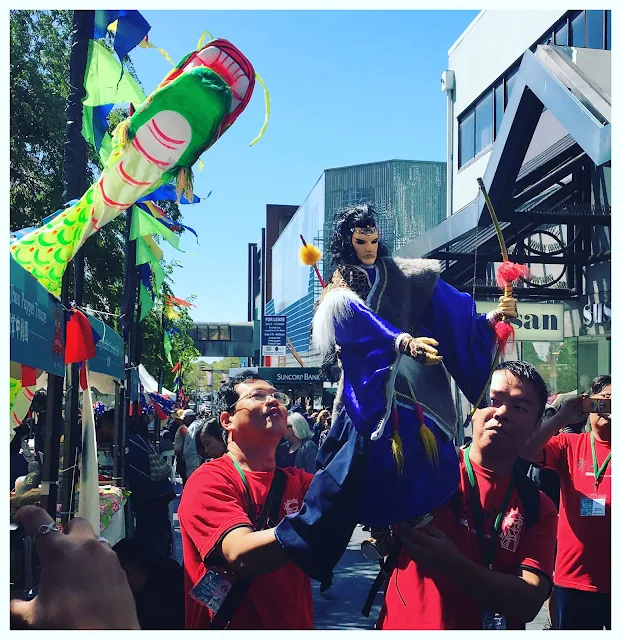
This is one of the places I often pass by on weekends, but never get a seat and is bustling with customers, day or night. So I strategised to drop by early in the morning to get a seat. The tables are small and placed near to each other, but there must be an attraction in the food served – was it the pricing, the variety, or the taste? I reckon it was all three factors, applicable to
the three dishes chosen on this visit.
Tofu originated in China during the Western Han Dynasty and these days is served in several ways, from entree creations to stir fry mains and cold desserts.
On my visit this instance to Mother Chu’s, my stomach was recovering from a heavy eat the evening before, so I chose this light dish of steamed tofu in ginger-laced syrup. (below image)
Traditional Chinese mothers, whether back in China or in Western countries, but especially in Hong Kong, often relate the virtues of such smooth-surfaced tofu to their daughters.

Char siew pau, or Cantonese for steamed roast pork pastries, are a favourite of mine for evening supper, brunch or breakfast. (image below)

The picture below depicts my bowl of congee simmered with pork-related slices and bits of the so-called “century old eggs.” The following recipe is reproduced from Allrecipes.com.
Ingredients
1 cup uncooked short-grain white rice
1 tablespoon vegetable oil
6 cups water
1 cube pork bouillon cube
2 cups
char siu (Chinese roast pork), diced
6 green onions, chopped
2 cups water
2 preserved duck eggs (century eggs), peeled and diced
Directions
1. Rinse the rice in several changes of cold water. Drain completely in a mesh strainer and place into a large pot. Stir the vegetable oil into the rice and set aside for 10 minutes.
2. Stir 6 cups of water, the bouillon cube,
char siu, and green onion into the rice. Bring to a boil over high heat; reduce heat to medium-low, cover, and simmer 1 1/2 hours. Stir frequently as the rice cooks to help break the rice grains apart and keep it from burning on the bottom.
3. Stir in the remaining 2 cups of water and the century egg. Continue cooking another 1 1/2 hours, stirring frequently until the congee reaches your desired consistency. The congee is ready when the individual grains of rice are no longer discernible and have thickened the soup.

My overall impressions for Mother Chu’s at Haymarket, in the arcade linking Sussex Street and Dixon Street Mall, are:
Atmosphere: With a buzz and in an arcade.
Location: Touristy and Ethnic.
Taste: Light and Unusual.
People Engagement: Helpful and with a smile.
Service: Quick but wants prepayment.
Best Time to Visit: Breakfast Time.
My Fav Dish Experienced: Silken Tofu Dessert (Dou Hua in Mandarin) with soft peanuts
Would I Return? : Yes.















.jpg)
.jpg)
.jpg)





























